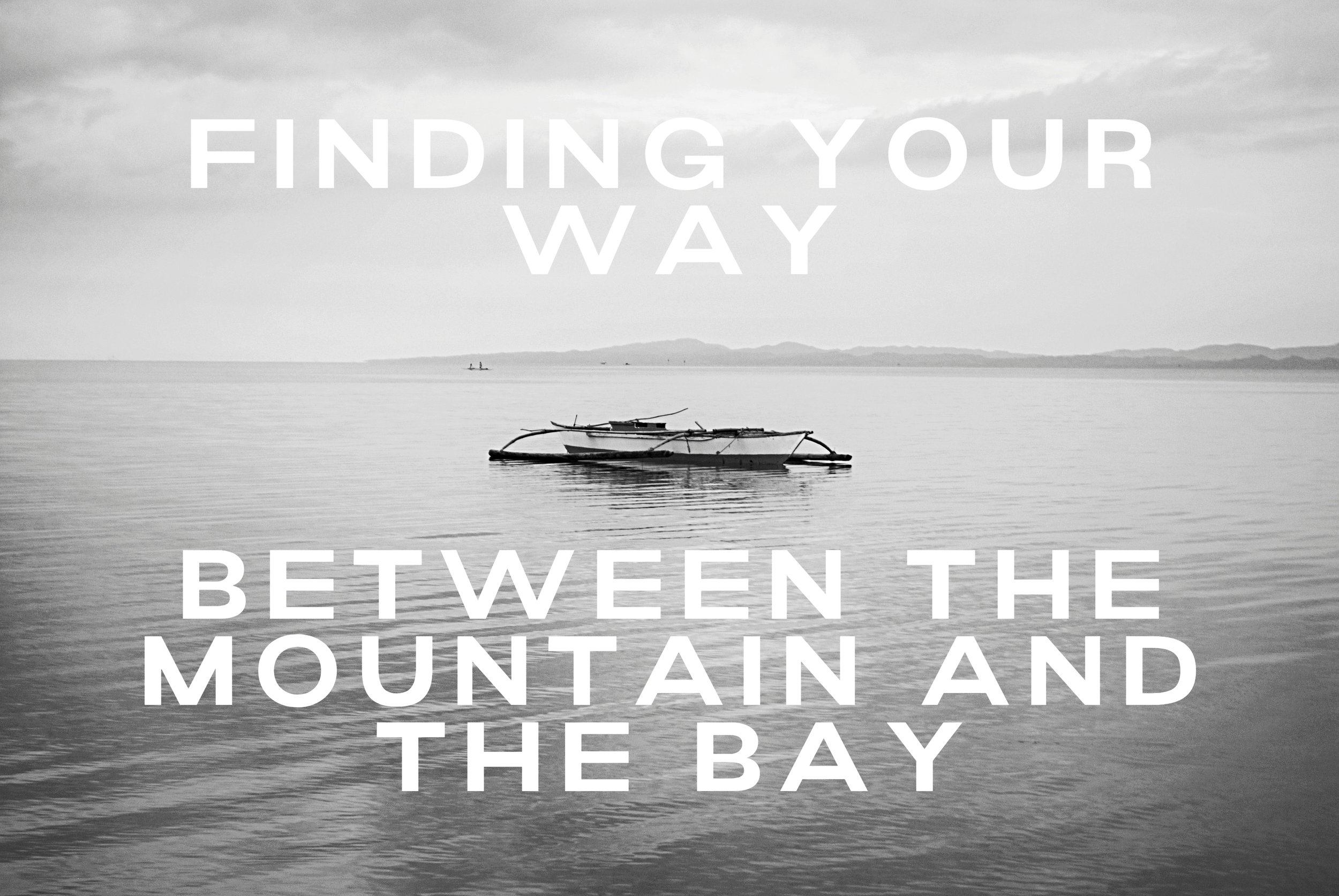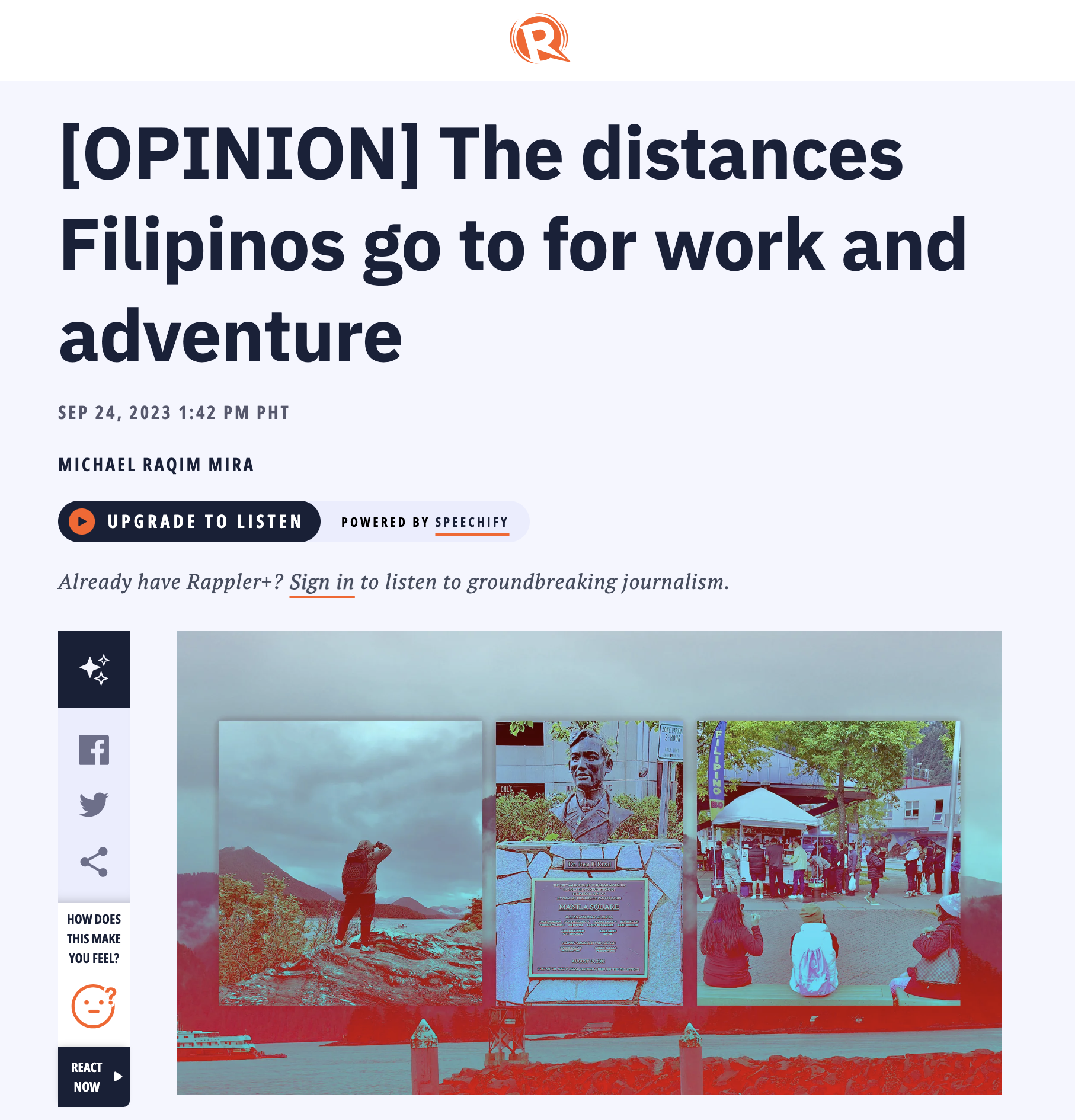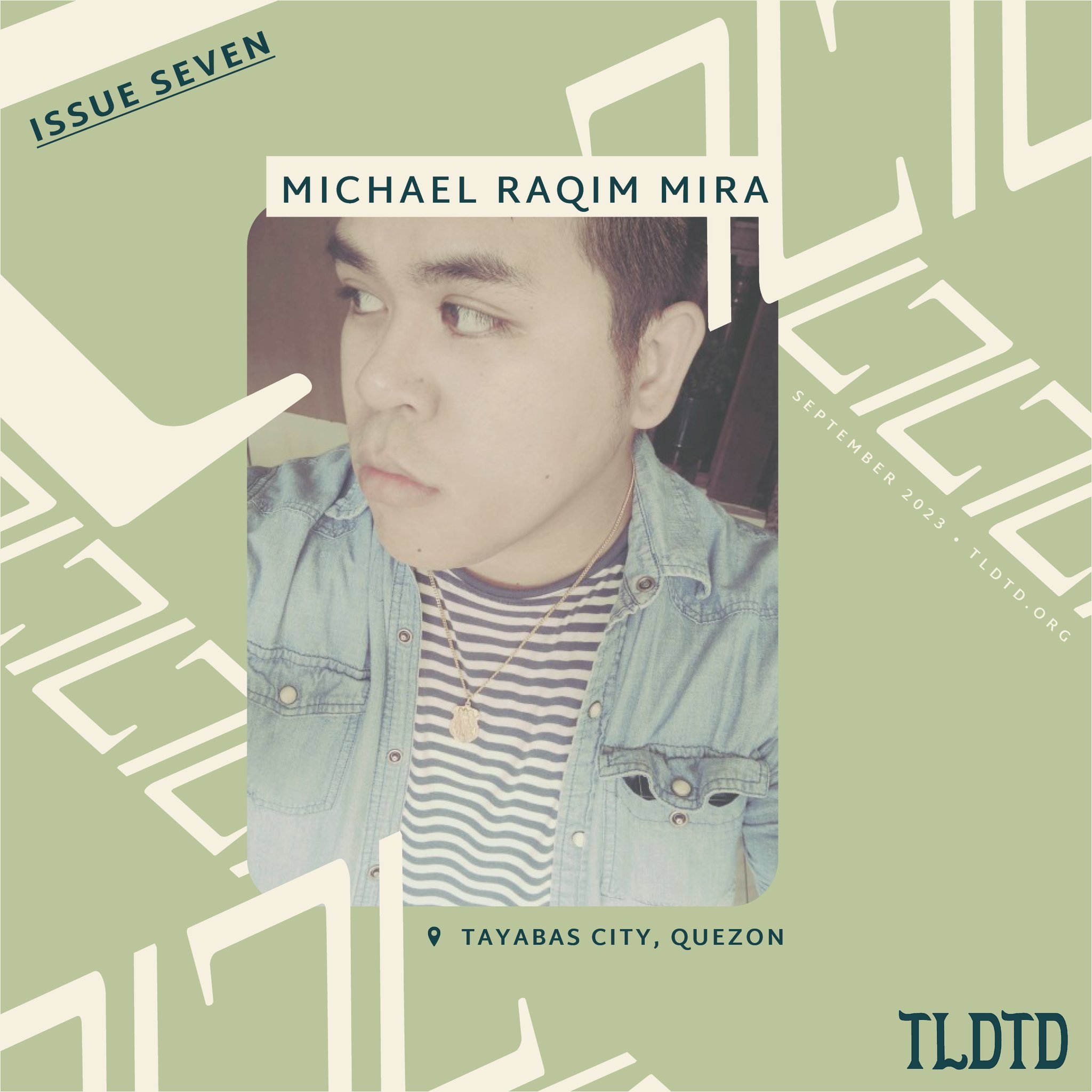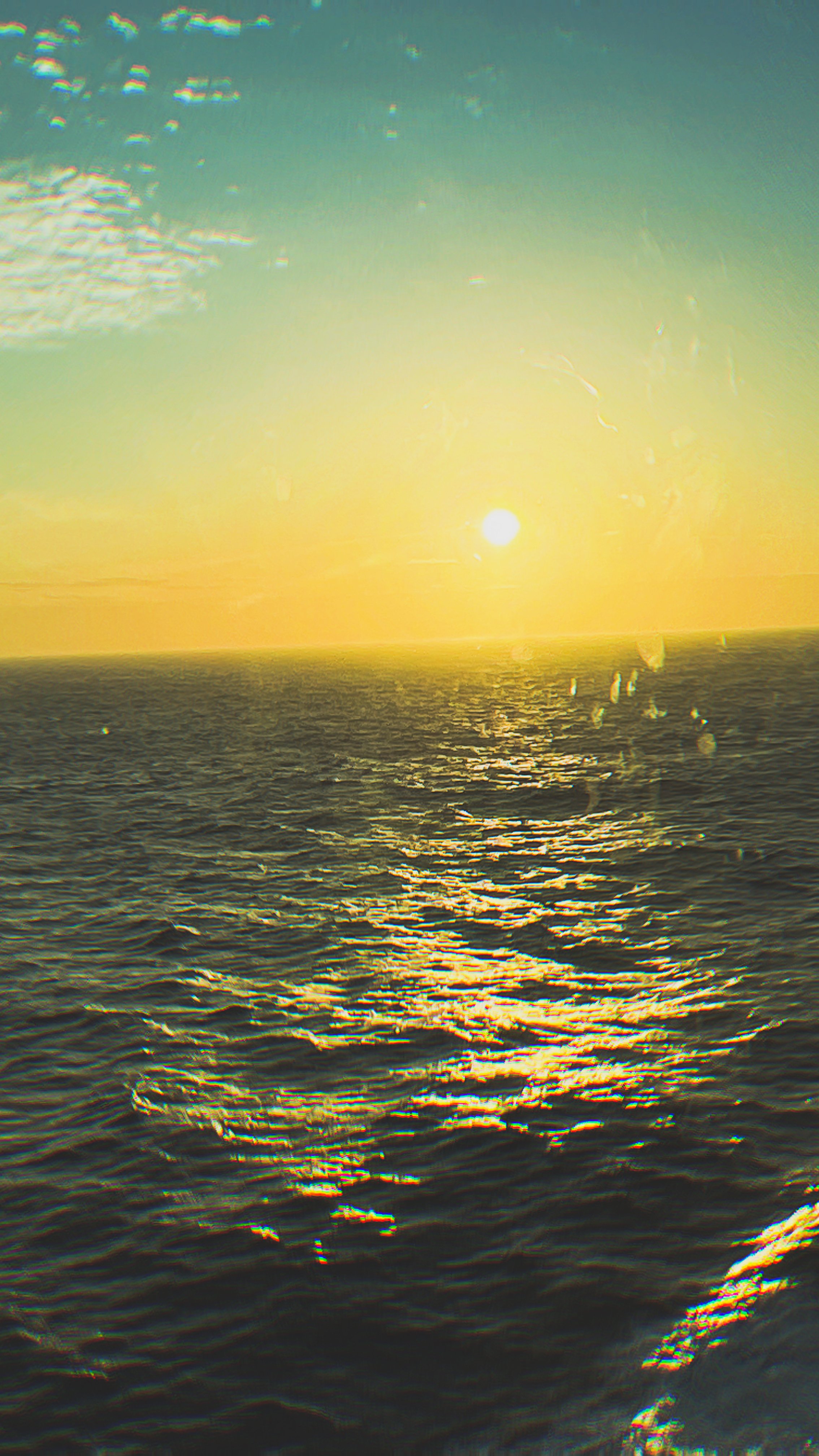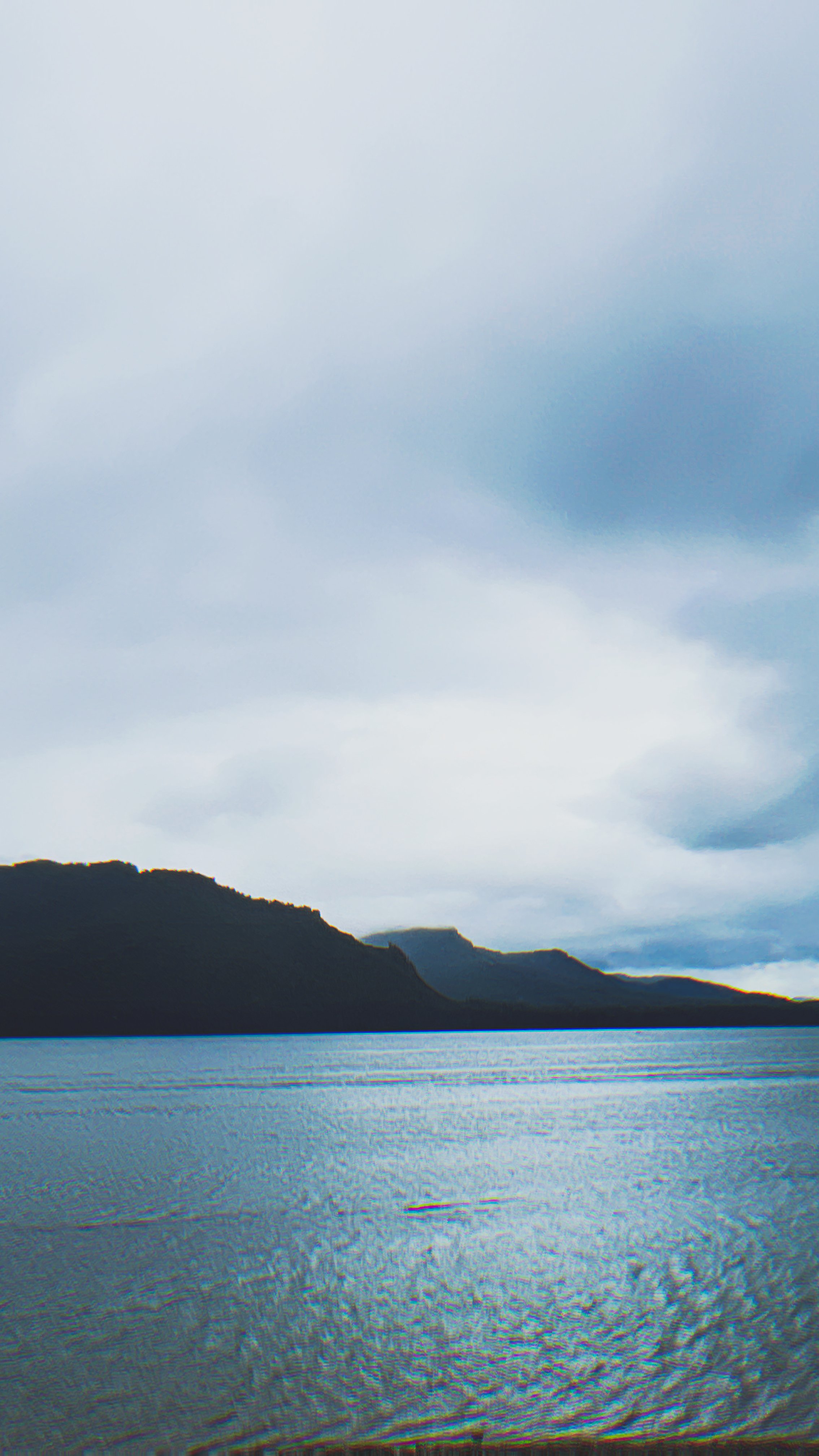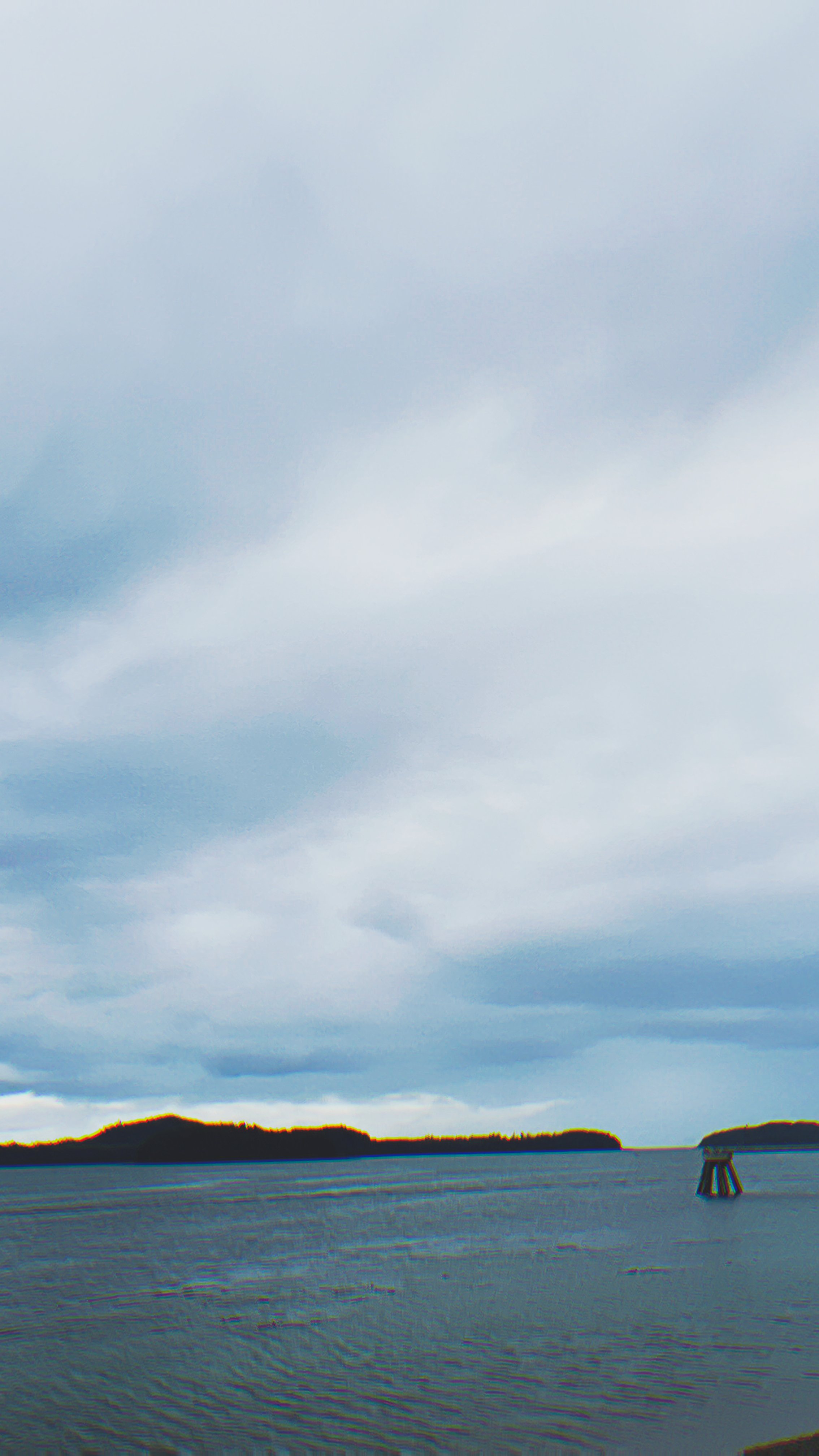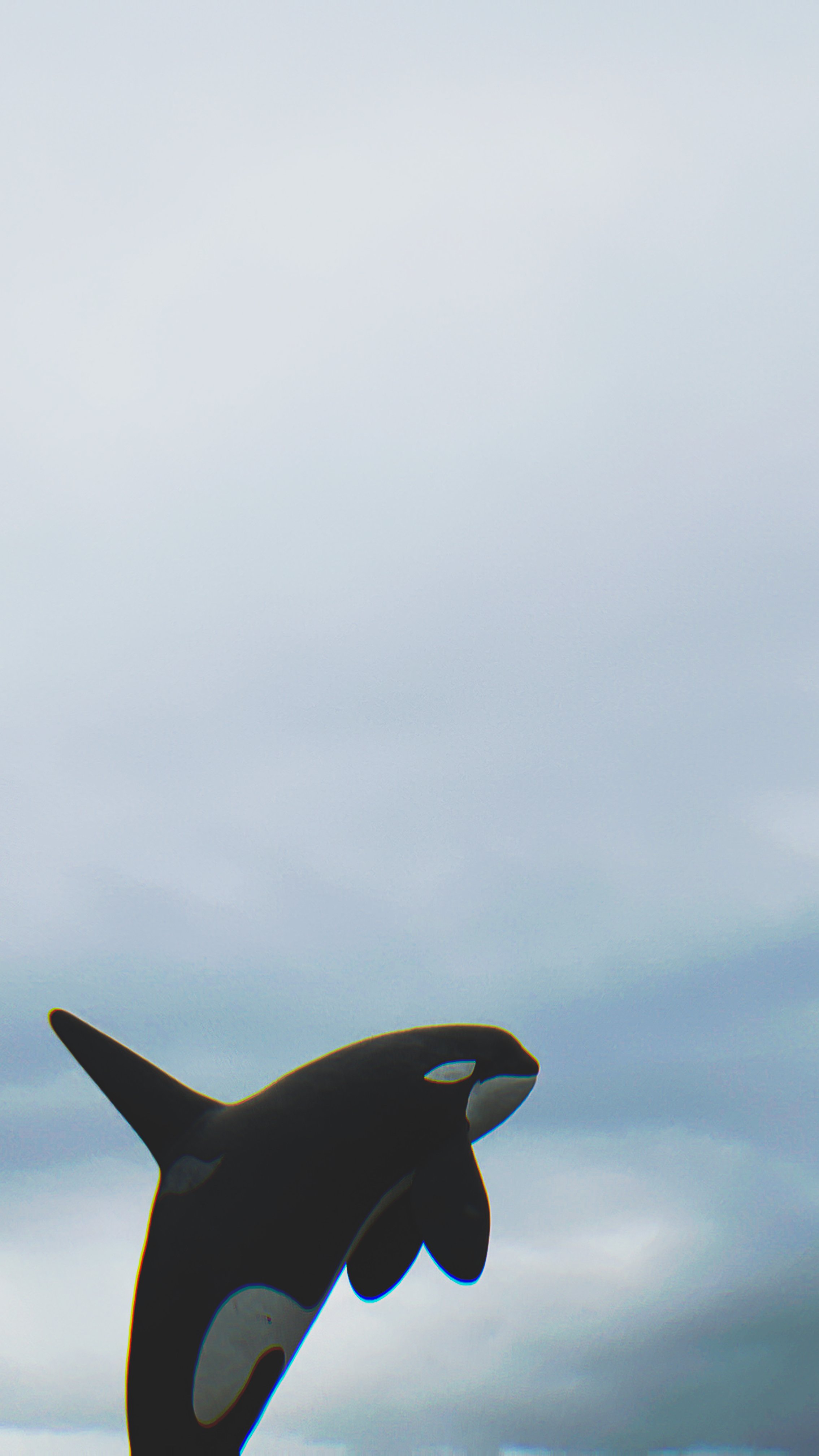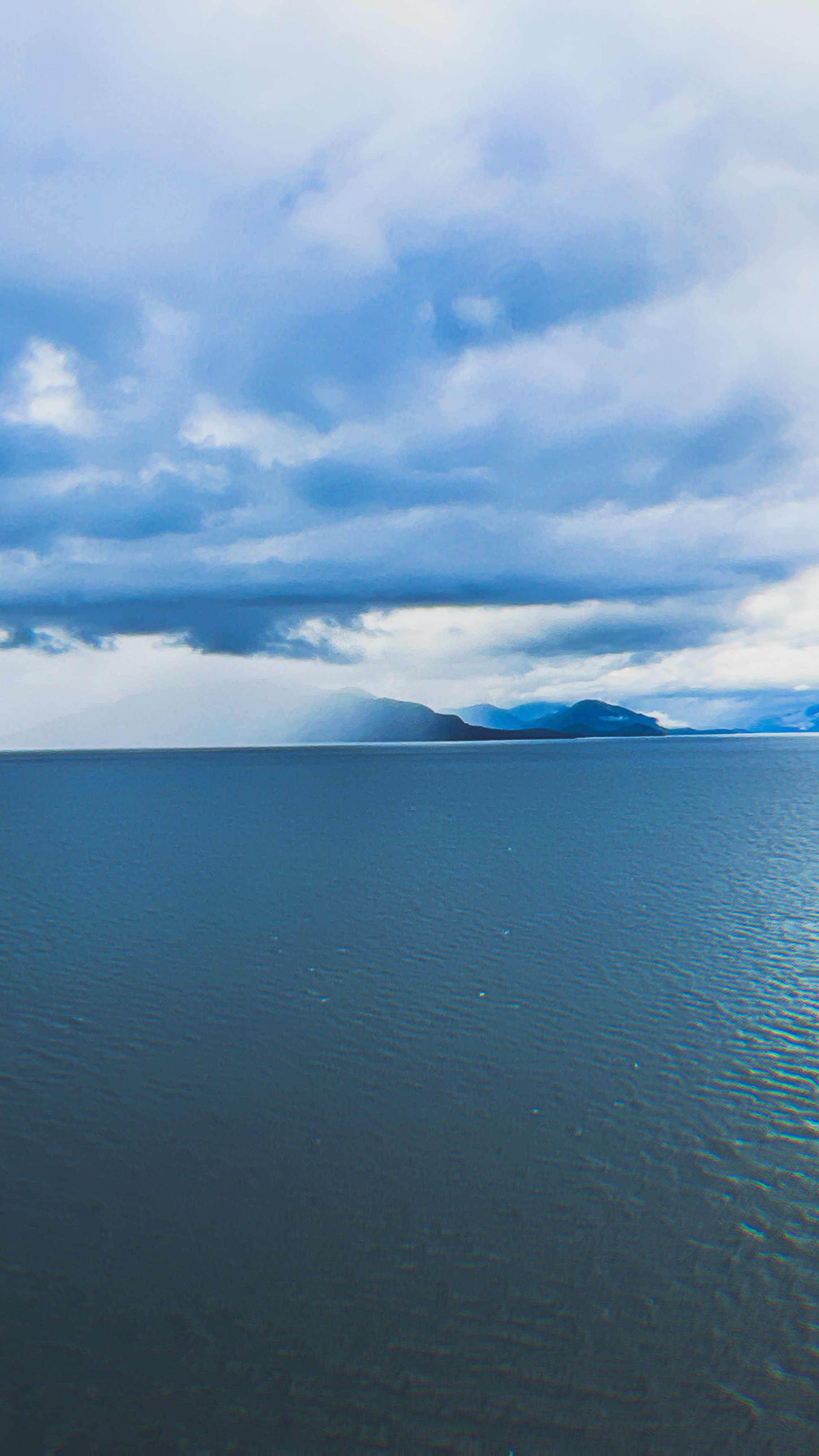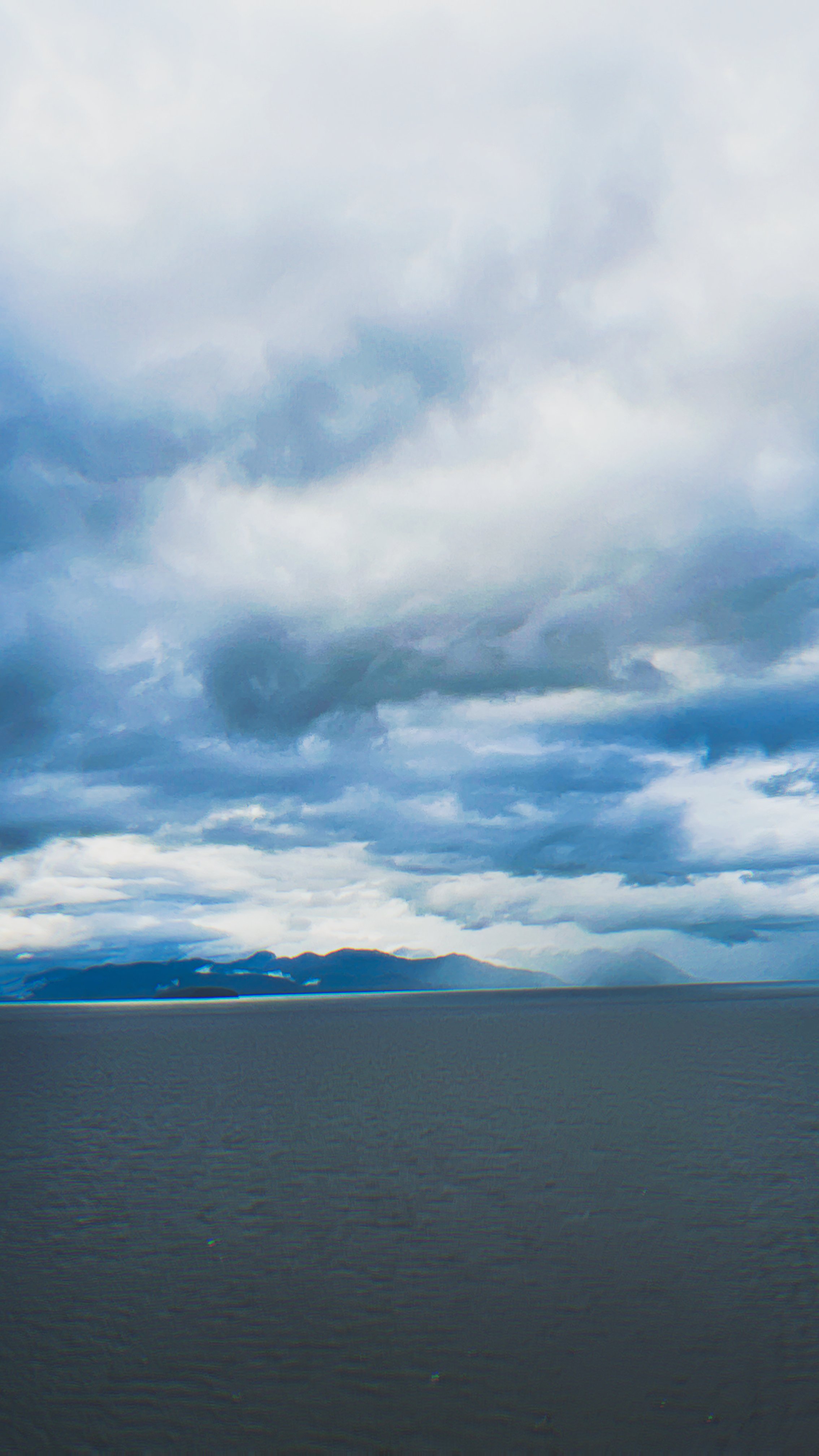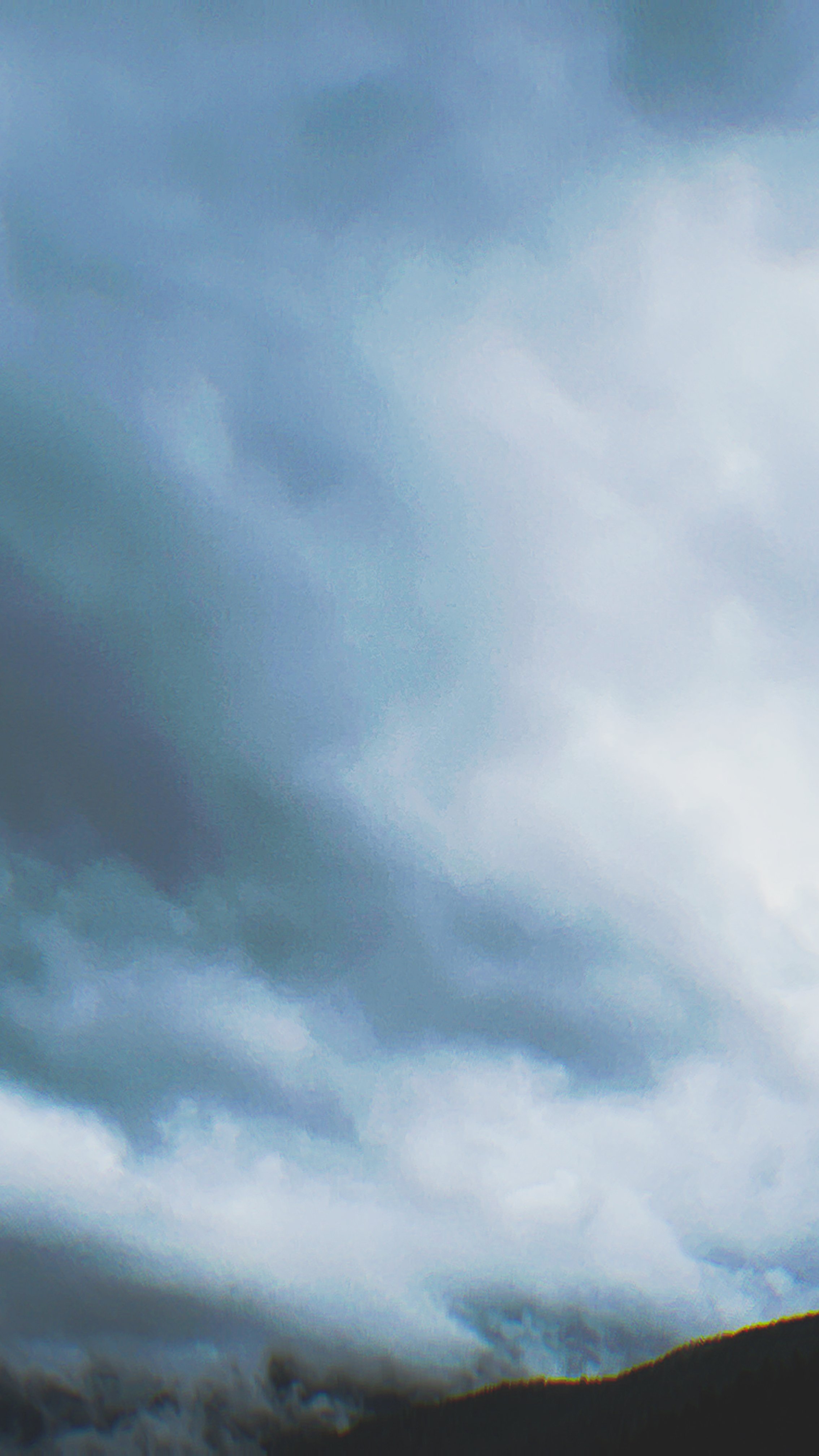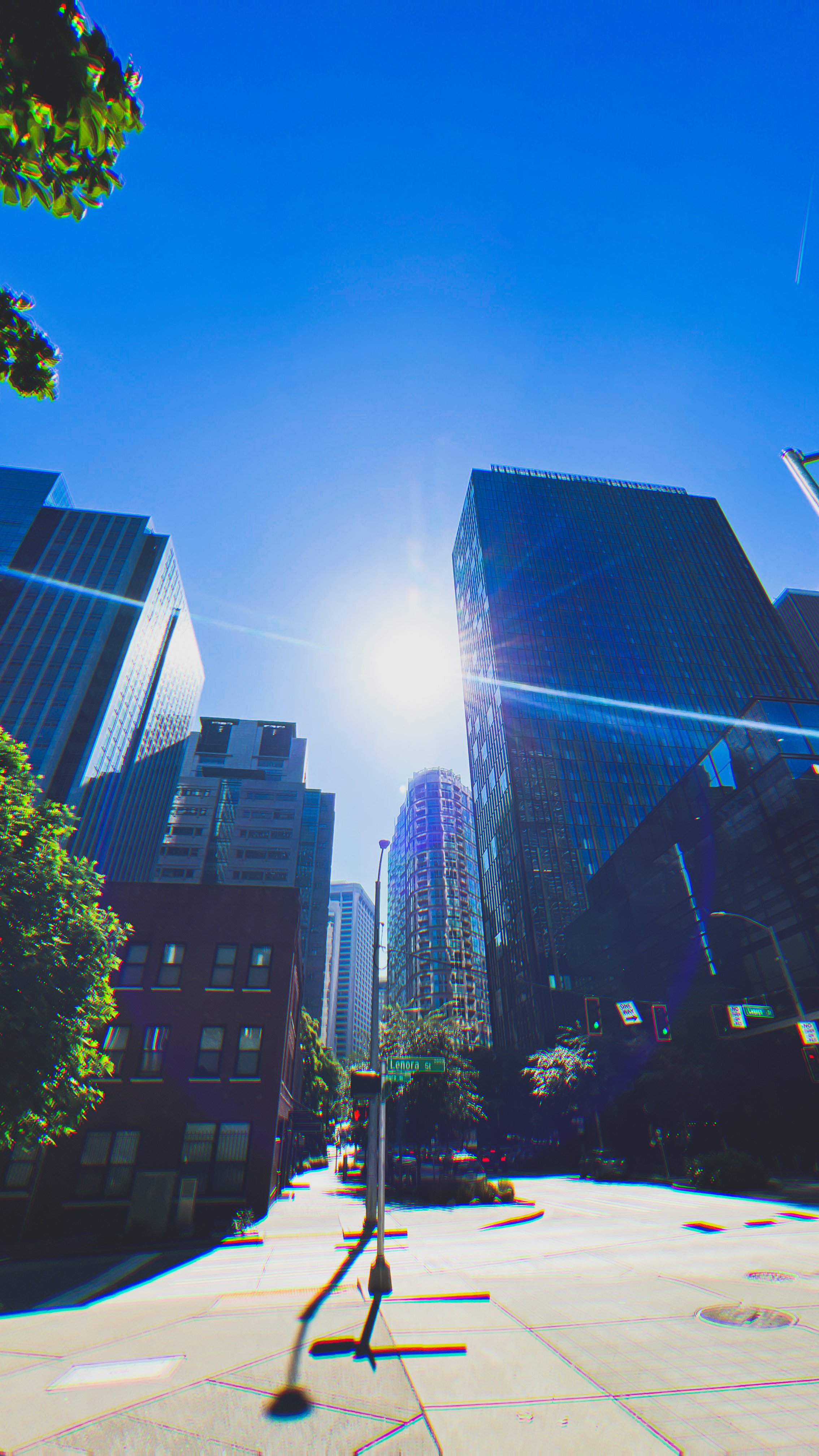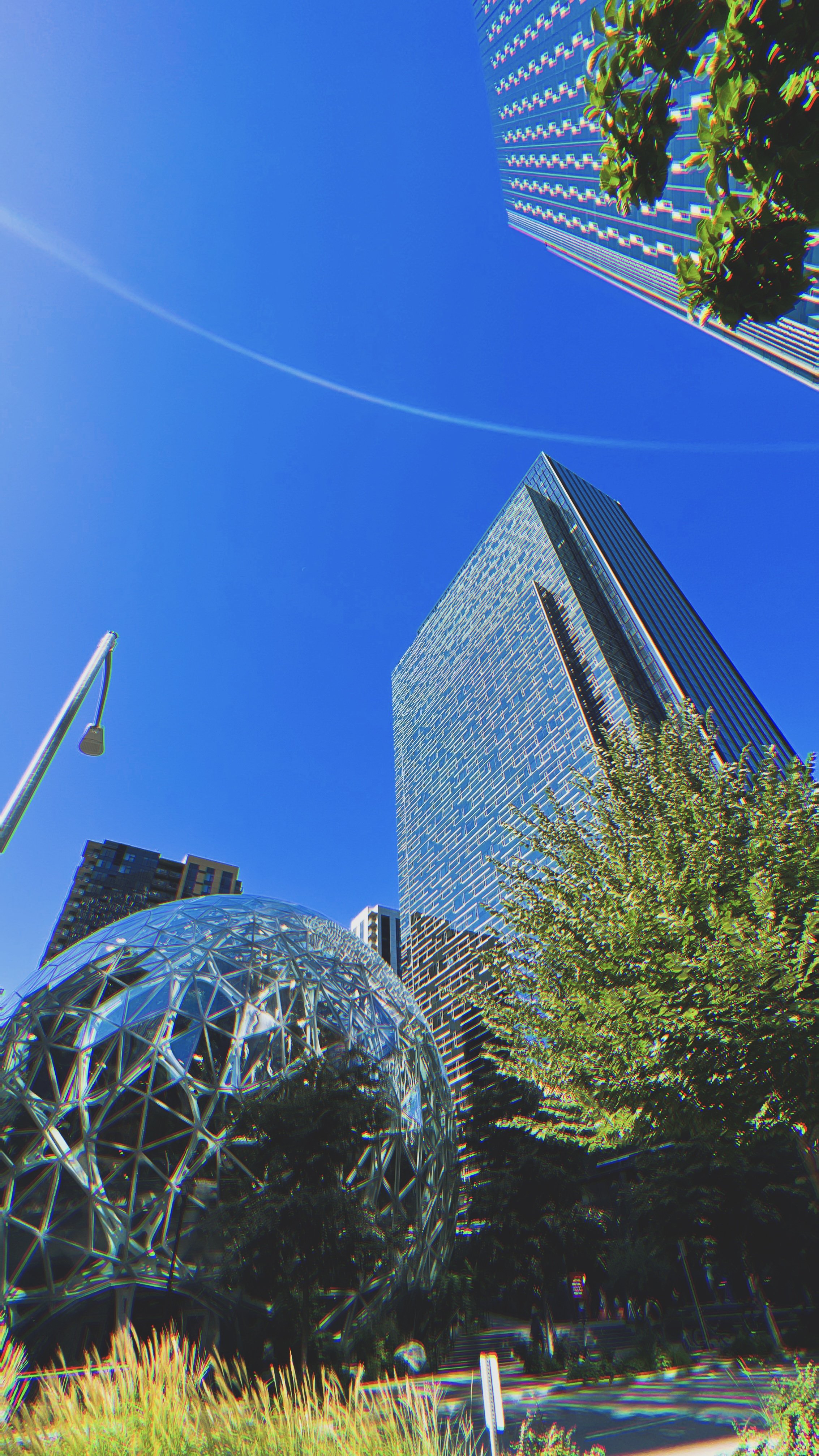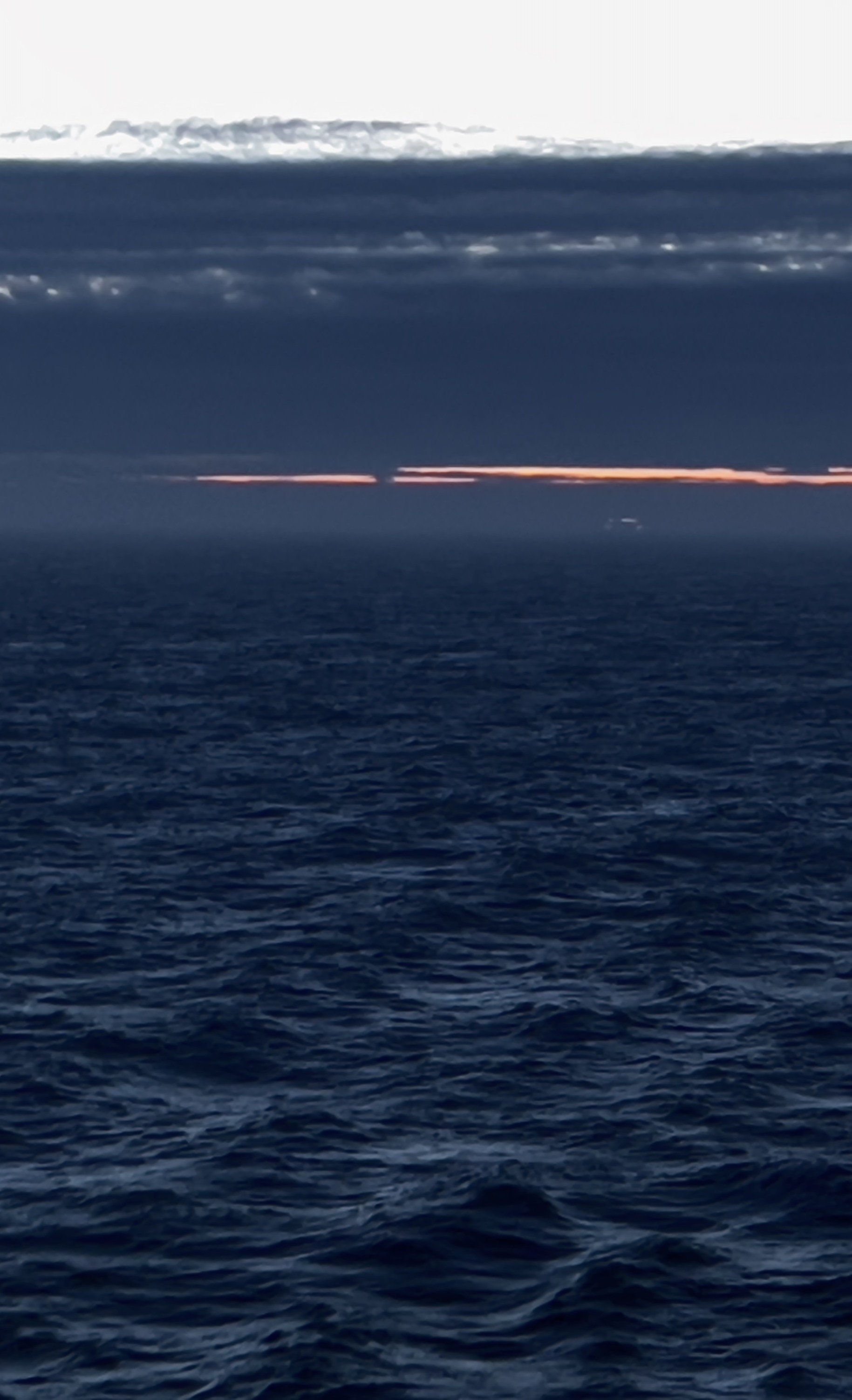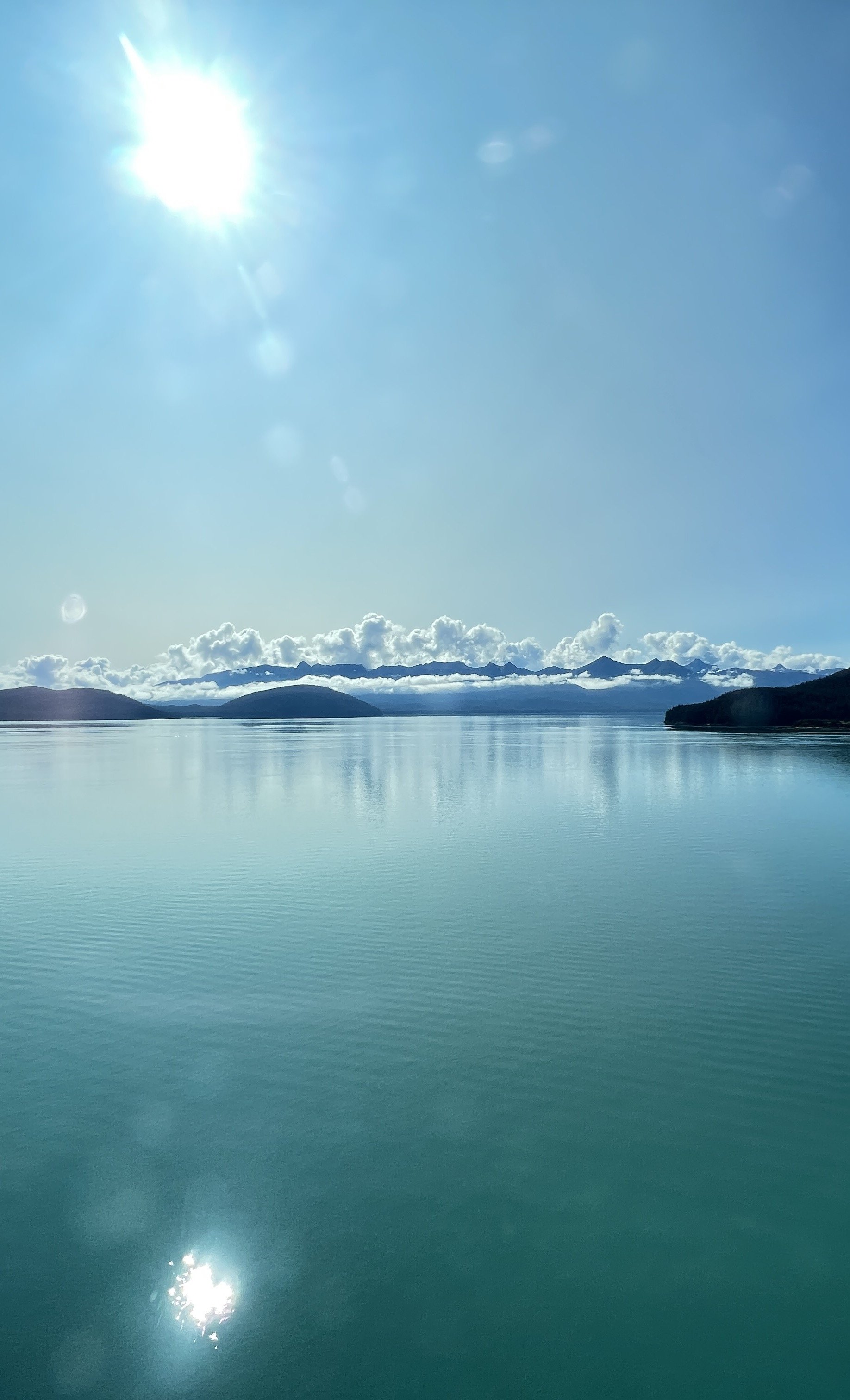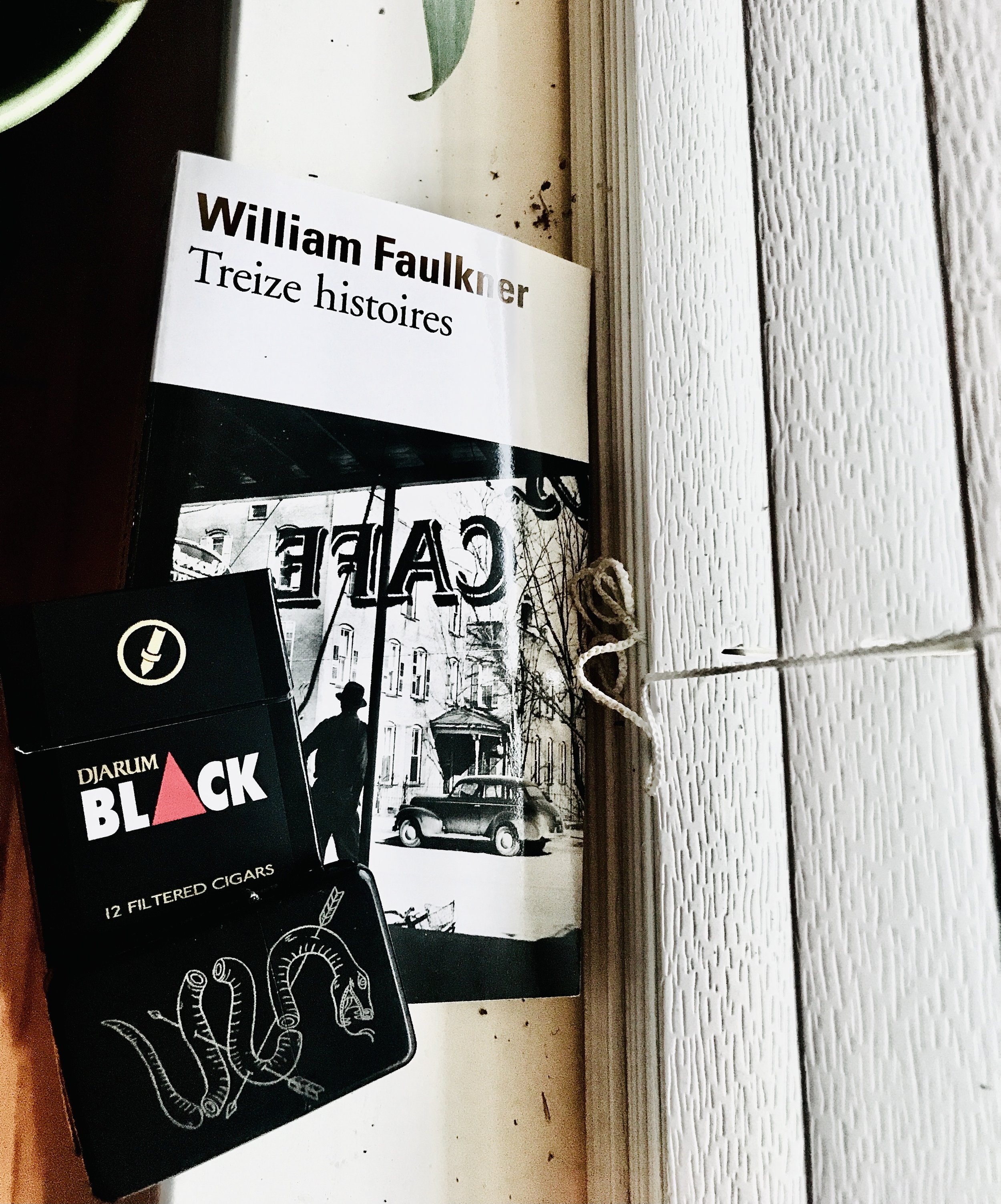If you're a dissenting voice in a land of power-hungry wolves, you have three likely fates: jail, firings or gunfire. Pick your exit strategy.
We’ve seen a drastic erosion of speech and press freedoms over the past decade. While the violation of human rights and civil liberties is nothing new in this country, we have seen an acceleration of those violations the last few years.
Gunfire
This is a nation that’s infamous for journalist assassinations. The Philippines was 7th in CPJ’s 2022 Global Impunity Index. We were reminded of our notoriety last Tuesday, which marked the anniversary of journalist Percy Lapid’s murder.
Lapid was a vocal critic of President Marcos, Jr.’s policies and reported on the corrupt practices of various officials, including former Bureau of Corrections Director General Gerald Bantag, who was officially charged with Lapid’s murder but is still on the run as of today.
Firings and Forced Resignations
Firing someone who contradicts your policies or forcing them to resign is another form of speech suppression. In September, economist and then-Finance Secretary, Cielo Magno, was allegedly pressured to resign by the Department of Finance for questioning the president’s decision to apply a price cap on milled and well-milled rice.
The timing of the president’s act of goodwill to consumers coincided with a recent poll showing a double-digit drop in his and Vice President Sara Duterte’s approval ratings. Inflation had also recently gone up to 6.1% and rice inflation, in particular, grew to 17.9% despite the price cap.
This month of chaos also saw the VP facing a firestorm after the Commission on Audit revealed that she spent a whopping ₱125 million of “confidential funds” in just 11 days. To put that into perspective, in that same amount of time, that much money could have fed 40,584 families below the poverty line or could have bought you 2,777,777 kilos of the finest well-milled rice in all the land.
Freedom of Speech in Handcuffs
In the 1987 Philippine Constitution, Article 3 (Bill of Rights), Section 4, states:
“No law shall be passed abridging the freedom of speech, of expression, or of the press, or the right of the people peaceably to assemble and petition the government for redress of grievances.”
It appears simple on the surface and seemingly set in stone, but we all know that what’s written in any constitution, in any country, is never actually practiced by those who are entrusted to uphold it.
Last Wednesday, Drag Den contestant Pura Luka Vega was arrested in Sta. Cruz by selfie-loving officers of Manila Police District Station 3. The arrest was for failing to attend a preliminary investigation of an active case in Manila. The investigation was for a criminal complaint against Vega for "immoral doctrines, obscene publications and exhibitions, and indecent shows.”
Vega was also attending hearings in Quezon City for a separate criminal complaint. Vega stated that they did not receive a subpoena from the City of Manila. The Manila Regional Trial Court Branch 36 also set Vega’s bail to P72,000. That’s the price of an iPhone 15 Pro Max. A paltry sum for Mrs. Duterte.
To add to the confusion, the arrest warrant was issued despite Vega’s lawyers filing a motion to reopen. That’s just fancy lawyer-speak which means the attorney requested to have proceedings reopened so that new evidence can be presented to the court, and therefore a new decision could be made fairly based on the newly surfaced facts.
This spaghetti of events stemmed from an incident Last July in which Vega performed a musical rendition of the prayer "Ama Namin" (“Our Father”) while dressed in a Jesus-like outfit, and then posted a video of it on Twitter, or X, or whatever stupid name Elon came up with now.
The backlash was swift and Vega responded in kind with a Swiftie rebuttal by performing Tay-Tay’s "Look What You Made Me Do" while wearing a Black Nazarene-themed attire.
As a diehard Kanye fan, it hurts me to shoutout Taylor multiple times in this essay, but apparently my bemusement is nothing compared to the volcanic reaction of Catholic and Protestant groups across the country.
In a weird non-endearing act of harmony, The Catholic Bishops' Conference of the Philippines, a few members of the Senate, and the Protestant/Pentecostal coalition Philippines for Jesus Movement condemned the act as high-level blasphemy. If that wasn’t enough, seventeen local governments declared Vega as a persona non grata.
In the Philippines, declaring someone an “unwelcomed person” is a non-binding resolution, meaning it’s all about symbolism and posturing. However, it would be interesting to see Vega try to enter one of those unwelcoming locales. If officials physically try to stop Vega from entering their jurisdiction, that would be another constitutional violation (“freedom of movement”, Article 3, Section 6).
Do you see where I’m going with this? My point is that there are numerous red flags in how institutions are behaving over a citizen’s opinion and artistic expression. Something as silly as declaring someone persona non grata may be non-binding now, but we’re on a slippery slope and at the bottom of the hill is an authoritarian pit of hell.
Later that same July, The Philippines for Jesus Movement and Catholic group Nazarene Brotherhood filed two separate criminal complaints against Vega for allegedly violating the Revised Penal Code and Cybercrime Prevention Act. This could possibly explain why Vega was also going to Quezon City for a hearing.
At first, it seemed like the prosecutor’s office—in Manila, that would be Giovanne T. Lim, according to the DOJ website—was hesitant to launch an investigation, but after this week’s events, it’s clear that the local government and religious institutions are not separate after all.
In Article 2, Section 6 of the Constitution, it states:
“The separation of Church and State shall be inviolable.”
In simple terms, “Church, you go there on that side and, you, the government, on this side. End of story.”
Except that stories can be re-written, edited, deleted and interpreted in a million ways. That’s what’s dangerous about these recent human and civil rights violations. The ones in power can wield their pen freely and make up their own stories. They can write their own laws based on their feelings rather than logic and practicality, as if they’re a bunch of emo teenagers writing fan fiction on Wattpad, all the while silencing the narratives that contradict theirs.
In that case, what’s the point of the Philippine Constitution—1987 version, 1897 version, Taylor’s version—or any constitution for that matter? When the principles aren’t upheld, then it’s reduced to a piece of fiction that waxes poetic about liberties and utopian ideals.
The Double-Standard vs. a Gold Standard
Duterte has lambasted the Catholic Church numerous times, yet he was never arrested for “immoral doctrines” and rightfully so. Duterte has the right to criticize, even if obscenely, any institution, belief system or powerful figurehead, Pope included, without risking persecution.
Duterte has claimed that he was sexually abused by a Jesuit priest when he was a child. If true—which it most likely is considering his alleged abuser was found guilty of sexually abusing multiple children in California—we should applaud him for his bravery to speak out on a traumatic event that stole his innocence.
However, that same liberty should be available to all citizens, not just the powerful few. Constitutional rights should be the gold standard that we all live by. Obviously, that’s far from the case. There’s clearly a double-standard and that dichotomy is this: you’re either powerful enough to enjoy constitutional freedoms or you’re not. If you lack power, wealth, and connections to other powerful people then the Philippine Constitution does not apply to you, apparently.
These are just three of the many examples of how voices are silenced when they challenge the systems and programs of powerful institutions, whether they are the government or the country’s majority faith or the political ideology with the most voters.
This is the section in the essay where I’m supposed to offer a non-academic but well-meaning solution. This is the section where I’m supposed to say something uplifting or poetic—but I have nothing more to say.
I’m just grateful for the freedom to express myself in this opinion piece and I hope nothing and no one will ever take that away from me.










































































































